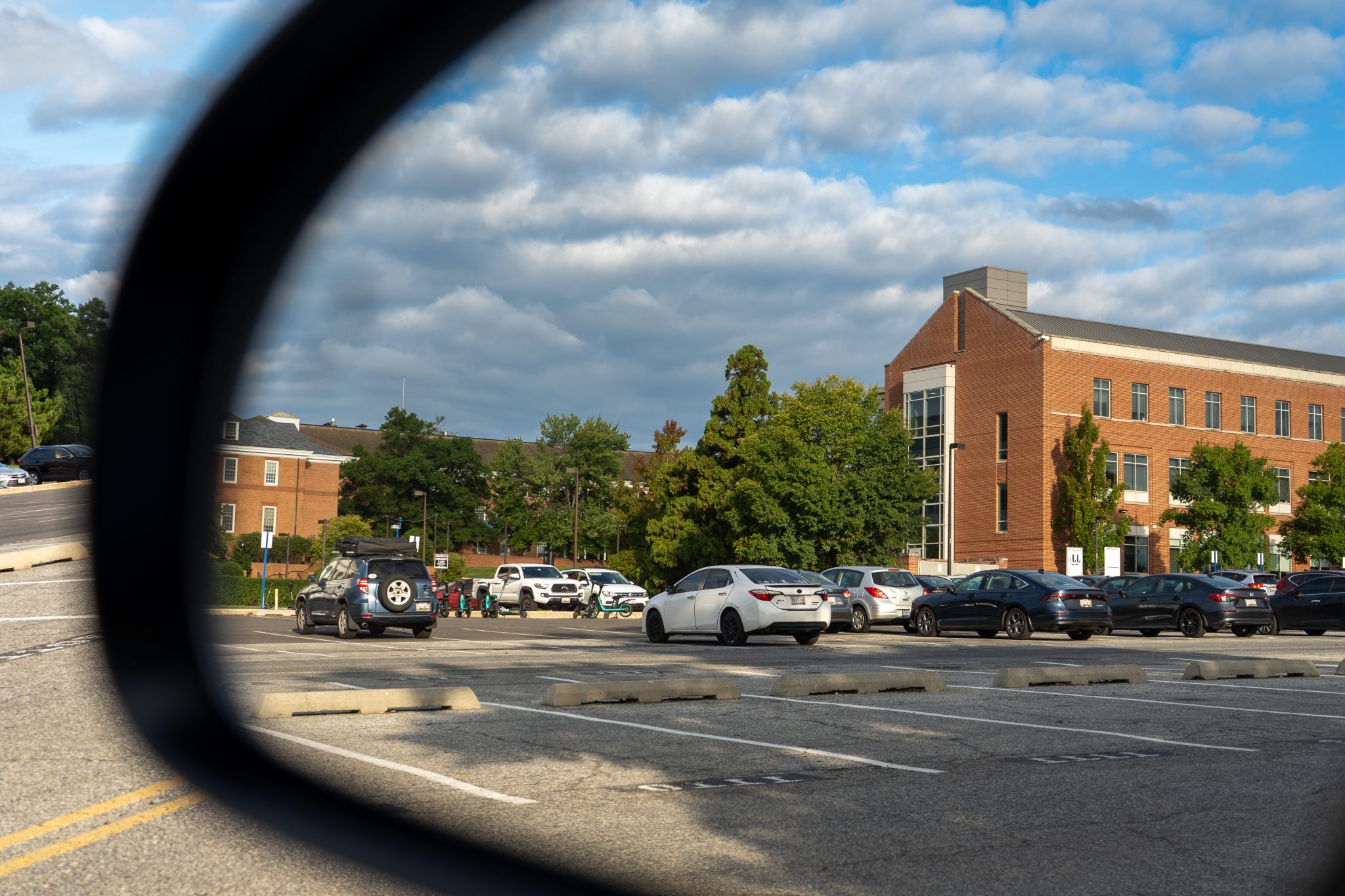The University of Maryland’s Department of Transportation Services partnered with student organizations to celebrate International Park(ing) Day on Friday.
As part of the global sustainability initiative — which encourages people to temporarily repurpose curbside parking spaces — DOTS, the Student Planning Association and the Student Chapter of the American Society of Landscape Architecture converted five metered parking spaces on Preinkert Drive into “parklets” for the day, according to Marta Woldu, DOTS’ assistant director of sustainability initiatives.
Artists, urbanists and environmentalists were invited to reimagine parking spaces for different environmentally friendly uses, Woldu said.
“We’re in a time where we’re facing a major climate crisis, and we really need to be conscious about emissions,” she said.
This university is one of the more than 140 locations worldwide that participated in the event this year, according to the organization’s website. Woldu said this university has been celebrating Park(ing) Day for 10 years in hopes of sparking conversations about how land can be repurposed and reimagined.
[Environmental justice activists gather in College Park for 10th annual symposium]
The event’s location changes across campus, with DOTS identifying metered parking areas with high traffic flow, according to Woldu. This year, the event was outside of Queen Anne’s Hall.
SASLA and SPA worked with DOTS to transform parking spaces by applying concepts and issues they learn about in the classrooms to real-word scenarios, Woldu said.
Following the theme of “local blooms and urban rooms,” SASLA showcased Maryland’s state flower, the black-eyed Susan, in two of the parking spots to encourage attendees to consider how they can create more eco-friendly urban spaces, according to Stephanie Cavanaugh, a landscape architecture graduate student and SASLA president.
SASLA sold pins and cookies and invited attendees to decorate black-eyed Susan ornaments. The group also used thermometers to demonstrate temperature differences between asphalt and grass. Cavanaugh hoped people would walk by the event and think “this space could be used in a better and more pedestrian-friendly way.”
SPA’s exhibition focused on streetscapes and the costs of transportation, Maggi Currier, a community planning and real estate development graduate student and SPA president, said.
[UMPD traffic stops for micromobility vehicles return for fall 2024 semester]
“I really hope that people start looking more critically at space in a very broad sense,” Currier said. “Why do we dedicate so much room for cars?”
In one parking space, SPA created a lounge for attendees with games, snacks and drinks to enjoy while learning about the impacts of cars.
The event also included a bike attached to a blender that let people pedal to generate enough power to blend their own smoothies.
Samantha Vidas, a junior communication and philosophy, politics and economics major, walked by the event on her way to class Friday, where an organizer gave her a handout and explained the purpose of the event.
“The fact that [the event has] been going on for 10 years indicates the persistence of the desire for what they’re working towards,” Vidas said.



